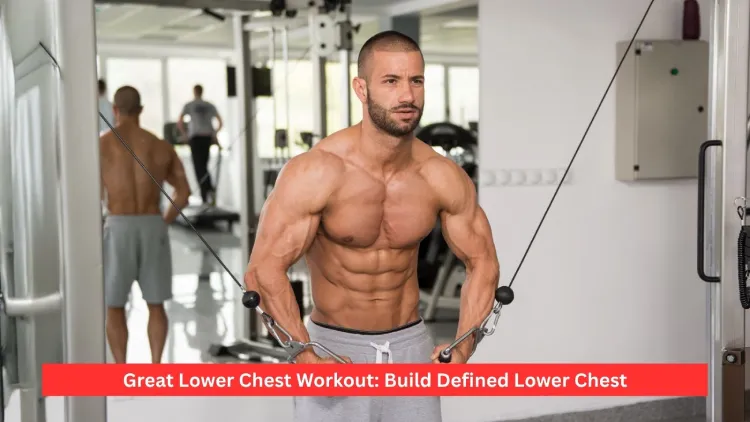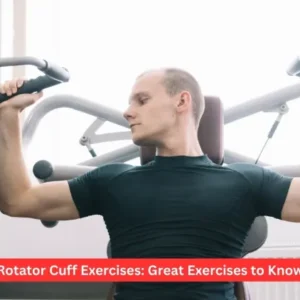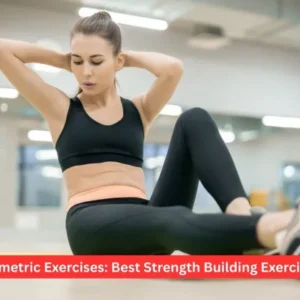The lower chest workout is instrumental in coming up with a strong, balanced, and chiselled upper body. Lower chest training is known to strengthen muscles, posture, and push-up power. The lower pectorals can easily be worked at the gym and at home using the right exercises such as decline press, dips and cable crossovers. Regularity, shape, relaxation, and eating healthy food are the ingredients towards a visible outcome and long-term development.
Understanding the Lower Chest Muscles
The upper chest is composed of one huge muscle, which is the pectoralis major, further subdivided into two (clavicular head and sternum head). The lower part of the sternal head constitutes our so-called lower chest.
This part does the downward pressing, inward movements of the arms. To highlight it, a lower chest workout should be performed with exercises that involve working at a decline or exercises that require pushing the arms down and inwards towards the middle of your body.
The lower chest is also not easily developed by many individuals since they tend to train it in the wrong manner or neglect it. Nevertheless, everyone can become stronger developed in this respect, no matter what age or genetics he/she has, only with the help of constant training and an appropriate method.
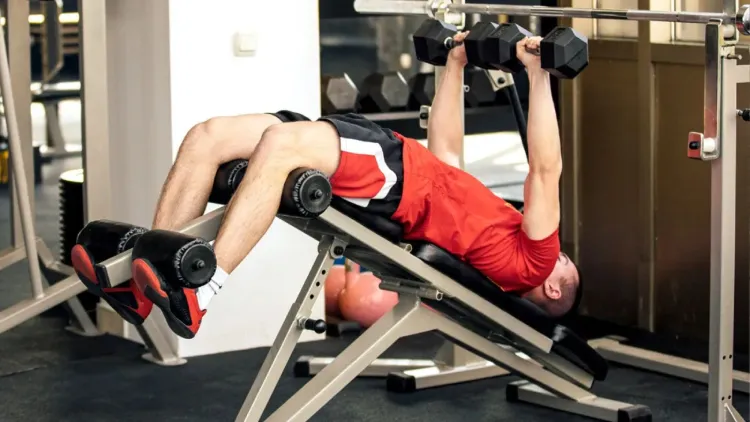
Advantages of Lower Chest Workout
Lower chest training has both aesthetic and practical advantages:
- Developed Muscle: It will stop your lower chest from appearing lumpy or top-heavy, so your body will be symmetrical.
- Better Definition: An articulate lower chest improves the cleavage between your pecs and abdomen, thus enabling you to obtain a slim-bodied physique.
- Better Strength: Lower chest muscles help in general pushing strength to execute such exercises as dips, push-ups, and bench presses.
- Postural Support: A strong, balanced chest enhances your upper body posture as it holds your shoulders and chest in line.
- Confidence Boost: When you can see that you have actually made progress in the appearance of your chest, your self-esteem will rise, and you will feel like training.
The chest workout at the lower part is well worth it because it finishes the overall structure of the chest and also enhances the performance in strength training and in day-to-day activities.
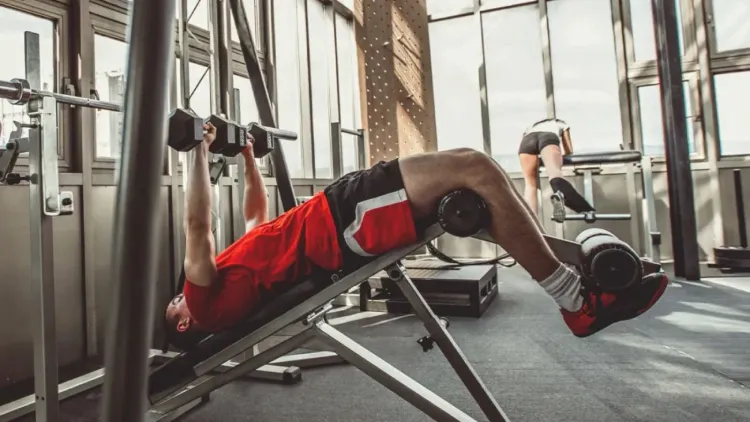
Best Lower Chest Exercises
These are the most effective and the best movements to incorporate in your lower chest exercise. They are exercises that isolate and can work the lower pectorals and target the strength and growth.
1. Decline Bench Press
How to do it:
- Lie on a decline bench (15–30° angle).
- Hold the barbell a little put-a-notch more than a shoulder-width.
- Raise the barbell to the lower chest gradually.
- Push it up till your arms are stretched.
Why it works:
- The decline bench press is a target that acts directly on the lower chest using the same set position that is against gravity, which works downwards. It is among the exercises that can be used to give it muscles and bulk. You have the option to replace this with a barbell and dumbbell variation.
2. Decline Dumbbell Press
How to do it:
- You can position your bench involving the decline and grip dumbbells in both hands.
- Slowly raise the weights to your sides and then slowly lower them.
- Be controlled in your movements as a way of maintaining tension.
Why it works:
- Dumbbells also enable a more compound movement, enhancing the involvement of the muscle fibres, and aiding in correcting muscle strength disorders between the left and the right pecs.
3. Chest Dips
How to do it:
- Sit up on parallel bars, and stretch your arms.
- Bend forward slightly, but not all the way down to 90 90-degree position of the elbows.
- Bend yourself further back and still keep on straining forward.
Why it works:
- Chest dips are one of the intense lower chest workouts. They not only make the lower pecs involved but also make our triceps as well as our shoulders strong. Between the firm chairs, or even in dip bars, if you train at home, do the dips.
- And when you ask yourself whether the dips are safer or the bench press is safer, well, these two are equal in their place. Bench presses are used to add bulk, and dips will improve form, strength and stability.
4. Cable Crossover (High to Low)
How to do it:
- Position both pulleys at maximum height.
- Lunge forward, bend your elbows over slightly and strike with your hands in a curving forward motion till they bang along close to your waist.
- Gradually go back to the initial position.
Why it works:
- This practice maintains low tension on your chest muscles, making them shape and contour the lower pecs. It works wonders in isolating the part of the body that tends to be least prone to growing, and that is the lower inner chest.
5. Decline Push-Ups
How to do it:
- Put your legs on a raised surface, such as a bench.
- Place your arms shoulder-wide on the floor.
- Draw your chest in down to the floor, and raise it.
Why it works:
- The lower chest is largely effective, and push-ups can be done anywhere. To be different, use diamond push-ups, making your hands make a diamond-like shape- with this type, you concentrate on the lower chest and triceps more.
- The step-up push-up; this variation is equipped to deliver an upgraded variant of a combination of the stability of the core and the strength of the chest, in that one of the knees approaches the elbow in any one rep.
6. Dumbbell Pullover
How to do it:
- Settle down on a bench, with a dumbbell above your chest.
- Use the hair behind your head, lower down, keeping the elbows a little bent.
- Bring it back over your breast.
Why it works:
- This movement limbers and extends the chest pocket and adds flexibility to it, and uses the lower chest in a correct movement as well.
7. Decline Angle of the Seated Machine Chest Press
How to do it:
- When having the seat adjusted, make sure the handles come to touch the bottom of your chest.
- Pull the handles towards the front, stretching out your arms.
- Come slowly back to the beginning point.
Why it works:
- Robots can offer some form of constant direction of movement, and you can concentrate only on the lower pec contraction without the problem of balance or coordination.
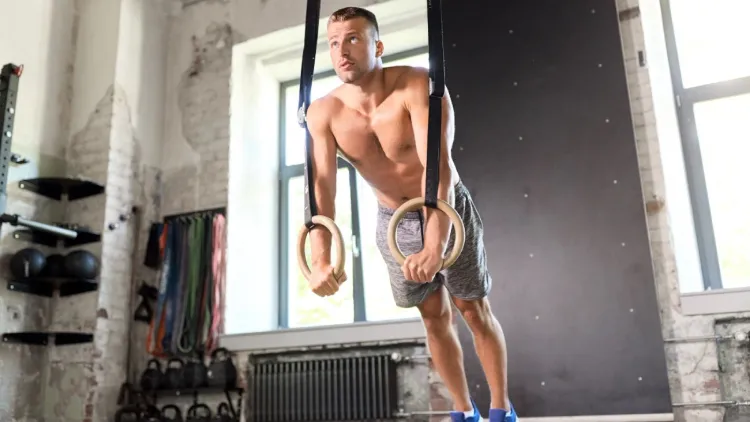
Sample Lower Chest Workout Plan
Here is an example of the best workout in the gym:
- Decline Barbell Bench Press 4 sets of 8-10 kilos
- Chest Dips – 3 sets of 10–12 reps
- Cable Crossover (High to Low) 3 sets of 1215 reps.
- Decline Dumbbell Press sets of 8-10 reps.
- Flutter Kick Pushups to failure
In the case of home exercises, then foil push-ups and diamond push-ups are to be paired with bodyweight dips with the aid of chairs or bars. Body weight exercises can definitely work your lower chest, provided you do is to train it regularly and grow slowly.
Tips on a good Lower Chest Workout.
- Emphasis on Decline Angles: Pressing down or moving downwards with the help of decline movements should be used to utilise the lower pecs to the utmost potential.
- Mind-Muscle Connection: Directly on the top of each separated push-up, up your chest.
- Progressive Overload: Add on weights, sets or reps continuously.
- Train: It is relatively easier to alter the proper form of a weight than to increase it.
- Sleep Well: It is during rest that muscles grow, and most so during deep sleep when hormones are at their highest.
- Eat for Growth: Lean sources of protein, such as eggs, chicken, and beans, are this, and must consist of approximately 1.6 to 2.2g of protein per cause per body weight in the day.
- Also, do not take it that machine shaping is restricted by the effort of genetics, yet regular exercises and rest increase in prominence.
Common Mistakes to Avoid
Failure to work on the Lower Chest. Most people concentrate on flat or incline presses in lieu of lower chest involvement.
- Improper Angles: The flat bench is less effective instead of the decline.
- Overtraining: Doing more with the chest each day without having a rest day causes the chest to cease growing after a certain number of workdays, not every training day.
- Omission of Warm-Ups: Cold muscles are more likely to get injured.
- Lack of Nutrition and Sleep: Minimum calories, protein, and sleep will not assure the growth of chest muscles.
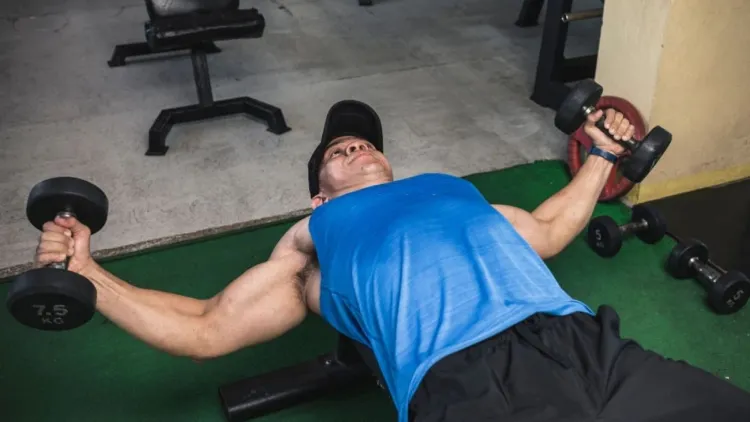
Recovery and Nutrition of Chest Growth
A tight chest is a construction that requires recovery and nutrition as much as the lower chest does.
- Protein Intake: Take adequate protein to build and develop muscles.
- Balanced Diet: It is important to include complex carbs as a source of energy and specify healthy fats that will balance hormones.
- Hydration: Be hydrated to remain strong and endure.
- Sleep: The desired amount of sleep is 7 to 9 hours a night. When an individual is in deep sleep, growth hormone is maximised and aids in muscle recovery.
- Consistency: It normally requires up to 8 may be up to 12 weeks of constant training and proper dieting before a noticeable chest expansion.
When you are young and insecure about having a small or underdeveloped chest, then you should be aware that chest muscles increase with age, training, and nutritious eating. At 13 or 14 years old, you still do not actually spoil your body: the body still can be underdeveloped.

Final Thoughts
A lower chest workout is very important as it is an effective exercise that should be well-designed by a person who is willing to attain a full sculpted body. Although it may be very tricky to extend the lower chest, with the help of training, proper form and a balanced approach, the same is very possible. Regardless of your method to exercise with exercise aid, body weight activities, or machine-assisted, aim for the proper angles, gradual overload, and rest.
It takes time, patience, as well as discipline to make my chest become defined or at least a chiselled body, but the reward is worth it. Eat healthy, rest healthy and exercise wisely. In the course of time, the lower pecs will grow stronger, firmer and more pronounced -making them generate the strong, well-balanced appearance that is the signature of proper fitness.
Frequently Asked Questions
1. What is the frequency of lower chest training?
Have a training program two times per week and have a rest day to have good growth.
2. Is it possible to engage in developing the lower chest at home?
Yes, attempt to do push-ups, diamond push-ups and chair dips regularly.
3. But why is my bottom chest not swelling?
Growth can be slowed by poor form, absence of growth, or bad protein intake.
4. So what exercise should there be on the lower chest?
Only lower bar press and chest dips get the thinnest.

